
Random shutdowns of a computer during use is a common issue that can severely affect the user's experience. This article provides a series of solutions to help you fix this problem.
1. Check Driver Updates
Outdated or corrupted drivers can cause system instability and even random shutdowns. Ensuring that your device drivers are up to date can effectively resolve such issues. We recommend using Driver Sentry to automatically detect and update drivers, saving you time and avoiding the risk of downloading or installing incorrect drivers.
Click the download button to get the latest version of Driver Sentry. After installation, open the software and click "Scan".
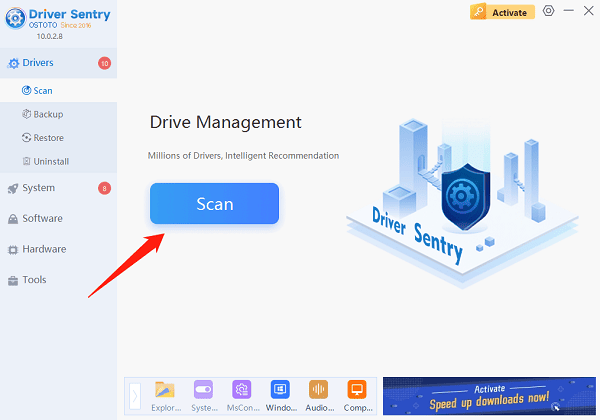
Once the scan is complete, it will display which drivers are missing or need updating. Find the driver that needs updating and click the "Upgrade" button.
After the update is complete, it's recommended to restart your computer to ensure that the updated drivers take effect.
2. Run the System File Checker
Press Windows + S, type "Command Prompt", and select "Run as administrator".
In the command window, type the following command: sfc /scannow
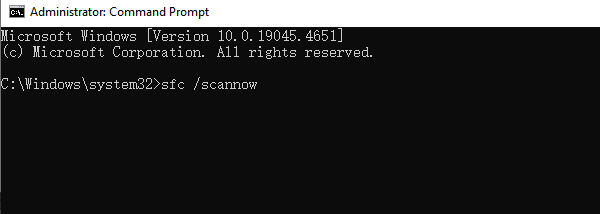
Press Enter. The system will begin scanning and repairing corrupted system files.
Once the scan and repair process is complete, restart your computer and check if the issue is resolved.
3. Run Windows Memory Diagnostic Tool
Press Windows + R to open the Run window, type "mdsched.exe", and press Enter.
The system will prompt you to choose to restart and check the memory. Select "Restart now and check for problems (recommended)".
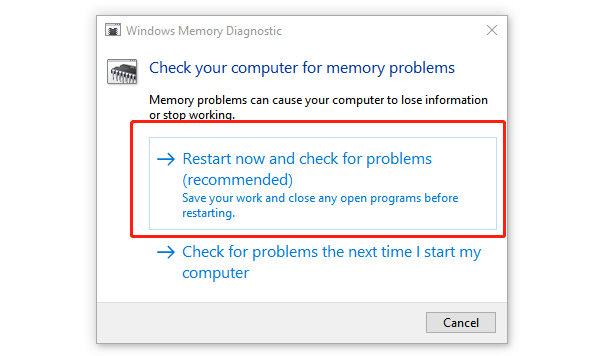
The computer will automatically restart and run the memory diagnostic tool to check for memory issues.
After completing the test, view the report and repair memory issues as needed.
4. Run Disk Check
Open This PC, right-click the system drive (usually C drive), and select "Properties".
In the "Tools" tab, click "Check".
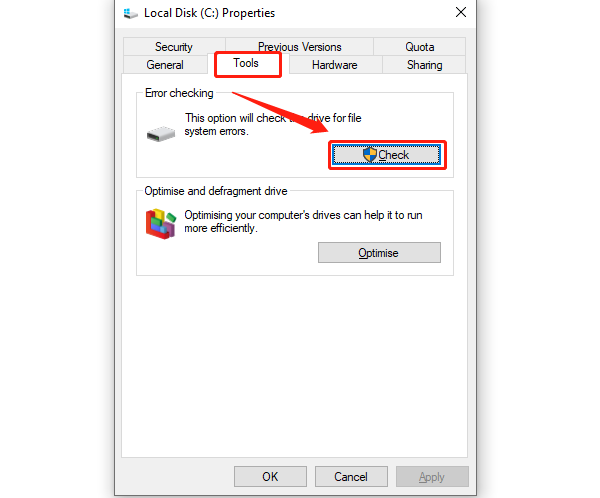
If the system prompts for a disk check, select "Scan drive". The system will automatically detect and fix disk errors.
Wait for the check and repair process to complete, and then restart your computer.
5. Check for Viruses and Malware
Open your antivirus software (such as Windows Defender or any third-party antivirus software).
Choose the "Quick Scan" or "Full Scan" option to scan for viruses and malware on your computer.
If any malware is found, follow the prompts to remove it.
Once completed, restart your computer and check if the random shutdown problem is resolved.
6. Perform System Restore
In the search box, type "Create a restore point" and select "Create a restore point".
In the "System Protection" tab, click "System Restore".
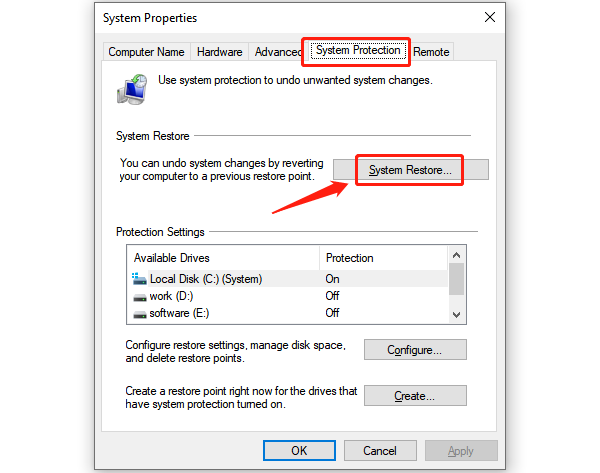
Select a restore point and restore your computer to the state it was in at that point.
Follow the wizard to complete the restore process, restart your computer, and check if the random shutdown issue is resolved.
7. Check for Hardware Issues
Inspect the cooling system inside your computer to ensure the fans are working properly and there is no overheating causing automatic shutdowns.
If possible, try replacing the power supply to rule out power issues.
If you suspect a hardware issue, it is recommended to contact professional technical support or take the computer for repairs.
By following these steps, you can troubleshoot and fix the random shutdown issue. If the problem continues, contact professional technical support for further help.
See also:
6 Ways to Fix Wireless Headphones Connected but No Sound
Fix Printer Offline Issue on Windows 10